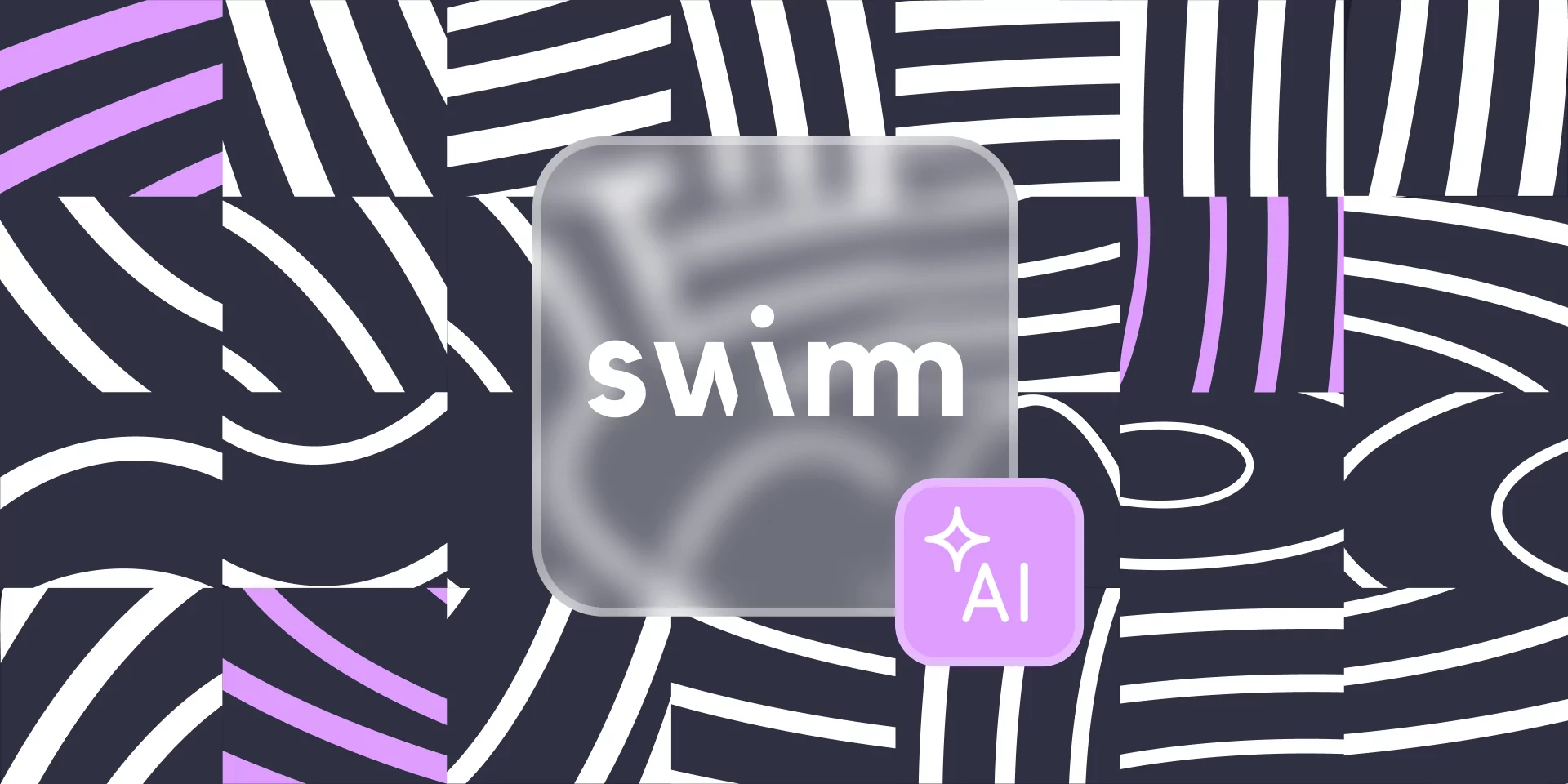One significant difference we’ve noticed between the “systems of prediction” AI-like image classification and prediction systems, on one hand, and the newer “systems of creation” generative AI, on the other hand, is how much easier it is for companies to implement useful generative AI capabilities in production. The years of work, employing teams of expensive machine learning engineers, constructing intricate data pipelines and machine learning infrastructures, and amassing extensive training, inference, and feedback data, just don’t seem to be as important with generative AI as they were for prediction systems – at least so far.
High-profile software giants exemplify this shift. Take Microsoft’s Office 365 generative AI and “Graph” offerings as an example. They assimilate information from the user’s Office suite to generate PowerPoint presentations, automate Excel spreadsheet analysis, and summarize meetings. And they built it in what seemed like a matter of months, leveraging the foundation of OpenAI’s large language model offerings.
We’re also seeing this phenomenon across the dozens of Insight portfolio companies who started working on valuable generative AI product capabilities in January or February of 2023. Those that have already launched products are receiving very positive customer feedback and scale usage by leveraging their existing distribution and the combination of generative AI with their existing high-growth product functionality. With foundation model pioneers providing so much functionality “out of the box,” the requirement for deep machine learning expertise and infrastructure to build useful capability seems to be rapidly decreasing for many valuable use cases, even as distribution and other sources of economic power (like network effects) continue to be valuable.
Before the launch of ChatGPT, Swimm was intently focused on a vital, yet frequently neglected facet of software development: the documentation of software code and the knowledge management workflow around it.
Over the ensuing months, as the surprising capabilities of generative AI technologies rapidly improved, Swimm was struck by the enormous potential of the technology for code documentation. If GitHub Copilot could suggest helpful code, shouldn’t Swimm be able to suggest helpful code documentation? Shouldn’t the code documentation captured in Swimm be able to improve future code suggestions (and future code documentation suggestions) in tools like Copilot and ChatGPT? These questions needed some empirical research, but it seemed very plausible that generative AI could dramatically improve various knowledge management activities around software code. So, Swimm jumped into action and ran some experiments.
After testing with various foundation models, the results of Swimm’s generative AI experiments started to roll in. Perhaps as expected, generative AI excelled in numerous code documentation tasks, like suggesting documentation for code snippets, but didn’t shine in all areas, like knowing exactly what was in the engineer’s head while writing the code.
Enter Swimm’s inaugural GenAI product beta, Swimm AI, a suite of high-value generative AI capabilities that remain faithful to Swimm’s original mission of assisting engineering teams in producing outstanding documentation and presenting it in a relevant context.
Creating Documentation
Swimm AI supports teams throughout the documentation process, beginning with the title of the page (one of the first places that engineers can have “writer’s block”). Then, by running the title through its context engine, Swimm capitalizes on its deep understanding of the code base and how to produce quality documentation to create a robust prompt, which is then fed through a Large Language Model (LLM), yielding a suggested structure for the page.
Adding to the context-richness, Swimm allows developers to integrate code snippets directly within their documentation. Having this code readily available in the document informs the context engine, enabling it to learn and make increasingly precise recommendations for document structure. Each document created in Swimm syncs with the team’s repository, and this means that any code modifications in a GitHub file will automatically update associated documentation in real-time.
Authors can select a Pull Request (PR) in a linked repository or simply input a PR number to generate a page of documentation that comprehensively details the changes and their implications. This feature substantially reduces friction in what was once a cumbersome process, making documentation an integral part of the developer workflow. Engineers aiming to refine their writing can select portions of their documentation and deploy a variety of AI-powered enhancements—like reducing verbosity, improving overall quality, and much more.
In-Context Documentation
Swimm already made documentation more easily accessible to engineering teams by linking it directly to the IDE environment used for writing code itself. Swimm AI takes this a step further with Rules AI – a feature built to protect code quality and codebase integrity by surfacing the right piece of documentation when needed. Rules in Swimm manifest in two ways: the Rules Engine and Rules AI.
The Rules Engine enables developers to tie documentation to parts of a company’s code – even something as specific as a single regular expression (regex). For example, if there is a function being called that mistakenly removes all highlighters within an IDE, and a team wants to ensure that a different one – which removes all highlighters except one – is called instead, a developer can write a rule to automatically surface this context when the incorrect function is called.
Rules AI makes managing projects easy at the highest level. Engineering managers can link a piece of pre-written documentation to a project file, at which point Rules AI will automatically glean the context and suggest a few new rules to implement. Once satisfied, the engineering manager can simply accept the AI’s suggestion, ensure the regex is robust, and deploy.
Swimm AI is also able to help developers perform reverse search with their code snippets. If an engineer is hoping to gain some context around a specific function call or expression, they can simply select a snippet in isolation, and Swimm will fetch the relevant documentation.
Looking Ahead to Swimm AI 2.0
Swimm has shipped their AI beta offering in under six months and has no intention of slowing the pace of development. Swimm AI 2.0 will see improvements to rules and a host of new offerings. In particular, the Swimm team is working on using embeddings to safely and securely (maintaining privacy) index client codebases and documentation – making it significantly easier to find relevant documentation when teams need it.
Some of Swimm AI’s value will rest in the positive feedback loop it creates – not only internally (paying down “documentation debt”), but also through improving the quality of adjacent AI tooling. Given the nature of LLMs, encouraging the creation of high-quality documentation may allow other language model-based tools that engineering teams use today, like Github Copilot, to be far more effective.
The Swimm Advantage
Swimm’s dynamics afford them an advantage – in particular, they have investor permission to invest over a longer time horizon and have the technical wherewithal to earn the trust of users. This kind of trust is hard to build and easy to lose, and Swimm is up to the challenge. Brands like Swimm that can earn trust around quality, reliability, privacy and safety will likely have an advantage over the next year or two. This is particularly important when it comes to code, which is highly sensitive and often contains trade secrets.
Finally, Swimm’s ability to embrace and leverage GenAI quickly is a testament to their adaptive internal culture and talent density. The Swimm team is brilliant and truly understands the needs of software engineers. This will help them to enjoy an underappreciated moat: truly understanding users’ pain points and building amazing product experiences where the craftsmanship shines through.

